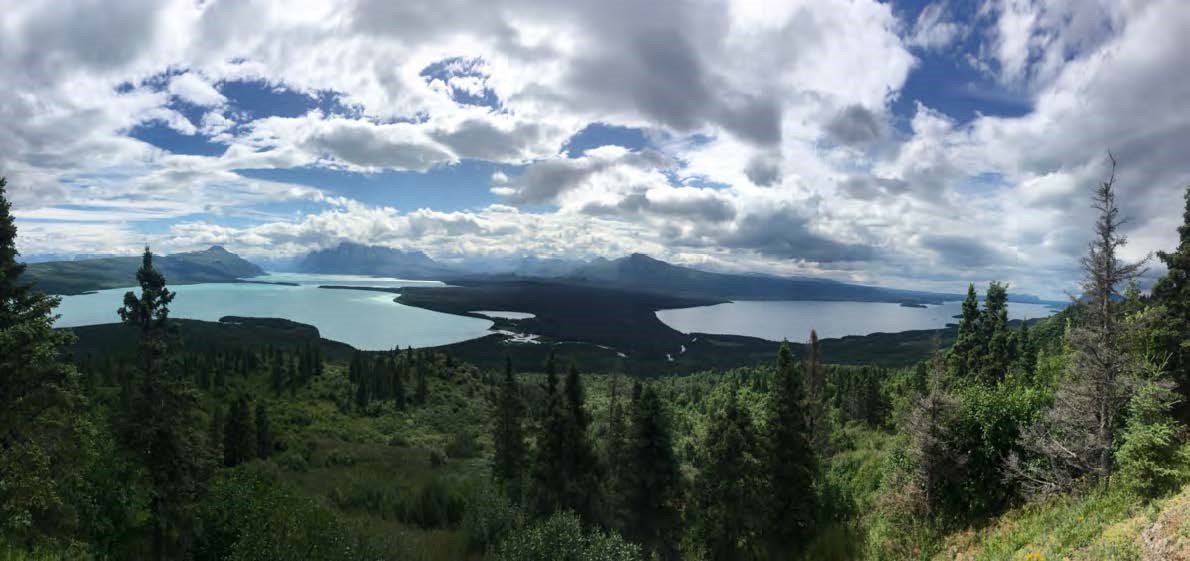Last updated: March 26, 2020
Article
20 Years of Action in 2020: Invasive Plant Management Teams

Staff and volunteers help protect the natural and cultural wonders that make up the National Park Service. These are diverse places, including everything from wetlands and designated wilderness to battlegrounds and historic homes. These treasures occur in every state and in US territories, and in deserts, mountains, islands, and plains. But one threat they have in common is invasive plants. That’s why the NPS created the Invasive Plant Management Teams (IPMTs) 20 years ago.
What do IPMTs protect?
In 2020, we recognize the many successes the IPMTs have had over the past 20 years. The NPS IPMTs are proactive, creative, and innovative in their approaches to invasive plant management. The teams work with park staff and other partners, and they strive to protect a range of natural and cultural resources and natural areas. Here are some examples of the types of places IPMTs work:
- Coastal, wetland, and riparian communities. We have IPMTs that work on the east, Gulf, and west coasts. Other teams work in the dunes along the shores of Lake Michigan, west coast rainforest valleys, riparian woodlands, southeastern old-growth bottomland forest, and a variety of wetland types.
- Terrestrial communities. The NPS preserves a wide variety of natural areas, and IPMTs work in all of them. We cover the boreal forests of the US and Canada border. IPMTs monitor the high and low elevation sagebrush steppe, sub-alpine meadows, cave features, tallgrass prairies, eastern deciduous forests, and mixed shortleaf pine-oak-hickory forests.
- Species of concern & their habitat. Some IPMTs protect specific species and the special places they depend on for survival. A few of these species are sea turtles, snowy plovers, least terns, and Coho salmon, as well as many rare, significant, and globally threatened ecosystems.
- Historic sites and features. IPMTs help keep battlefields, archeological sites, earthworks, scenic byways, and ethnographic and cultural landscapes safe from invasive plants.
How to help stop the spread of invasive plants
Help us continue the IPMT’s 20 years of service to our national parks by spreading thanks, not invasive plants! Help the IPMTs stop the spread of invasive plants in national parks. Here’s what you can do:
- Learn the simple steps you can take to ensure you're not transporting invasive species into, around, or out of a park.
- Share your invasive plant success stories with us.
- Volunteer or attend an invasive plant management event by checking for opportunities at a public lands site near you. Requirements may vary depending on the event, please contact the volunteer coordinator to ensure you have filled out the correct documents.
